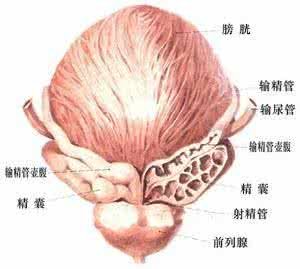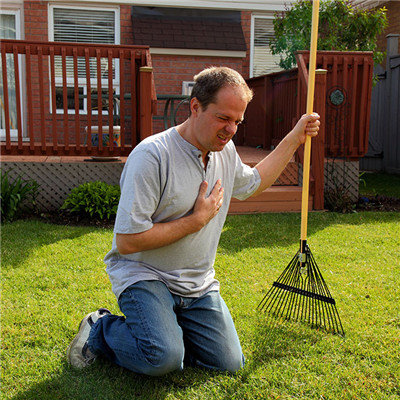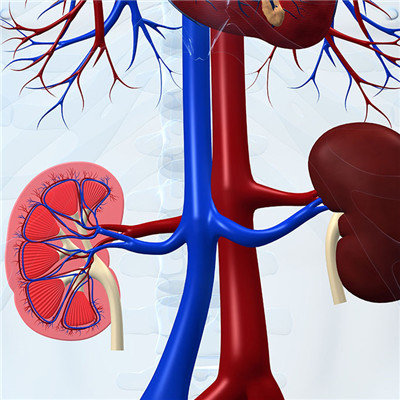Symptoms of mushroom poisoning
summary
Although the clinical manifestations of toadstool poisoning are different, most of them have vomiting and diarrhea symptoms at the onset. If you don't pay attention to the history of eating mushrooms, it is often misdiagnosed as gastroenteritis, bacillary dysentery or general food poisoning. Therefore, when you encounter patients with such symptoms, especially in summer and Autumn when one or more households suffer from the disease at the same time, you should consider the possibility of toadstool poisoning, The diagnosis is not difficult to determine. If fresh mushrooms can be found on the spot for identification, or used to raise animals to confirm their toxicity, the diagnosis will be more perfect.
Symptoms of mushroom poisoning
1. Incubation period: 15-30 hours after eating, generally without any symptoms. 2. There may be vomiting and diarrhea in the stage of gastroenteritis, but most of them are not serious, and they often heal within one day. 3. In the period of false recovery, most of the patients have no symptoms, or only feel slight fatigue and don't want to eat. In fact, the liver damage has already begun. The liver damage of the patients with mild poisoning is not serious, so they can enter the recovery period.

4. Visceral damage stage. In this stage, liver, brain, heart, kidney and other organs may be damaged, but the liver damage is the most serious, with jaundice, elevated transaminase, hepatomegaly, bleeding tendency and other manifestations. The liver of death cases is significantly reduced, with areca shaped section, massive necrosis of hepatocytes, collapse of hepatocyte cable bracket, destruction of hepatic lobule structure, and expansion of hepatic sinuses, Stellate cell hyperplasia or hepatocyte steatosis, a few cases have arrhythmia, oliguria, urinary incontinence and other manifestations.

5. In the period of mental symptoms, some patients are restless or lethargic, even coma and convulsion. They may die of respiratory and circulatory depression or hepatic coma. 6. In the convalescent period, the patients who received active treatment generally entered the convalescent period after 2-3 weeks, and the symptoms and signs gradually disappeared and recovered.

matters needing attention
Prevention: don't pick mushrooms you don't know. Those who have no experience in recognizing poisonous mushrooms should never pick mushrooms by themselves. Although the clinical manifestations of mushroom poisoning are different, most of them have vomiting and diarrhea symptoms at the onset. If you don't pay attention to the history of mushroom eating, it is often misdiagnosed as gastroenteritis, bacillary dysentery or general mushroom poisoning. Therefore, the possibility of mushroom poisoning should be considered when patients with such symptoms, especially in summer and autumn when one or more households suffer from the disease at the same time. If you have a history of eating wild mushroom, combined with clinical symptoms, the diagnosis is not difficult to determine. If fresh mushrooms can be found on the spot for identification, or used to raise animals to confirm their toxicity, the diagnosis will be more perfect. Emesis, gastric lavage, catharsis, enema and other methods should be used in time to quickly eliminate the unabsorbed poison. Especially for those who eat poisonous mushrooms such as poisonous umbrella and white poisonous umbrella by mistake, they have been eating mushrooms for more than 6 hours. However, gastric lavage and catharsis should be given. Introduction of tannic acid and activated carbon after gastric lavage and enema can reduce the absorption of toxins.















